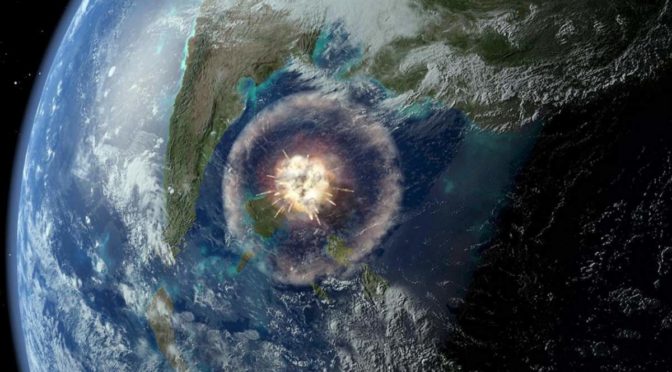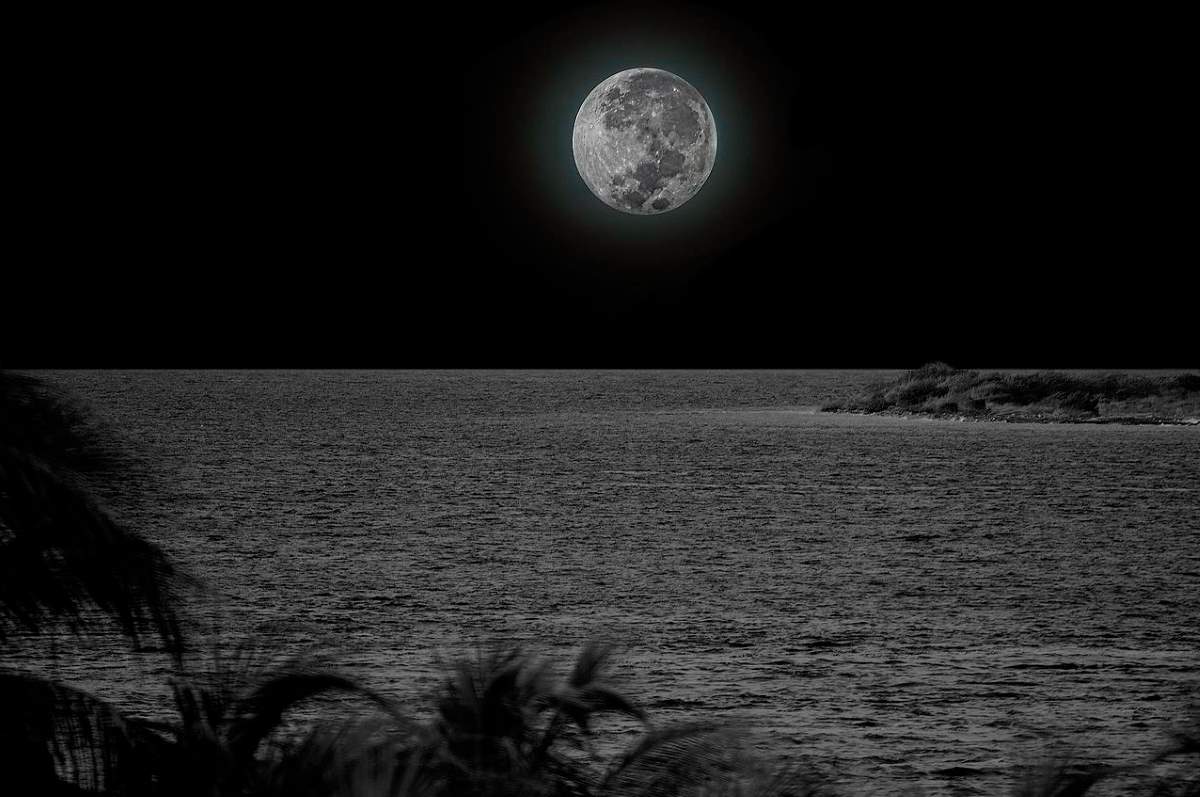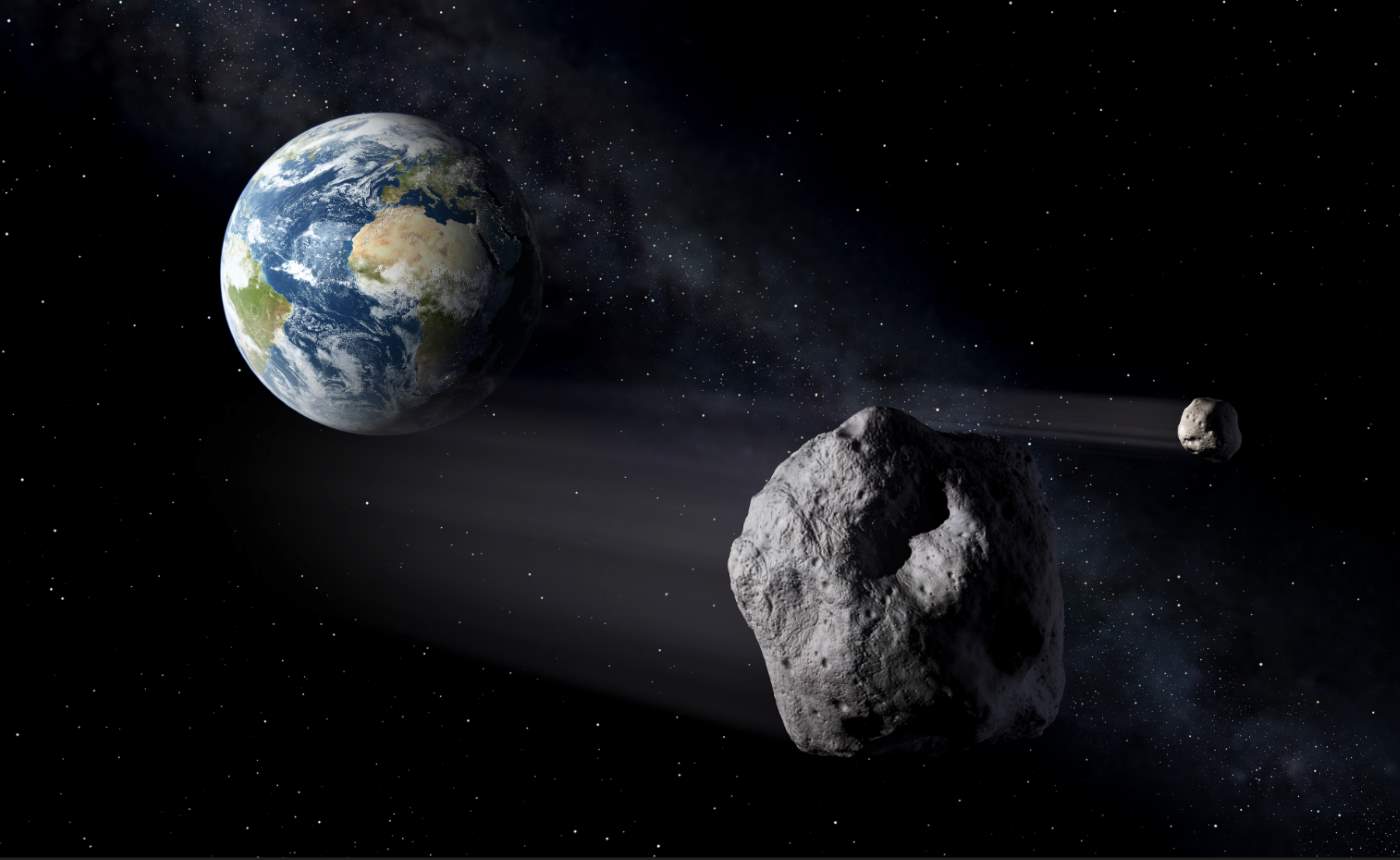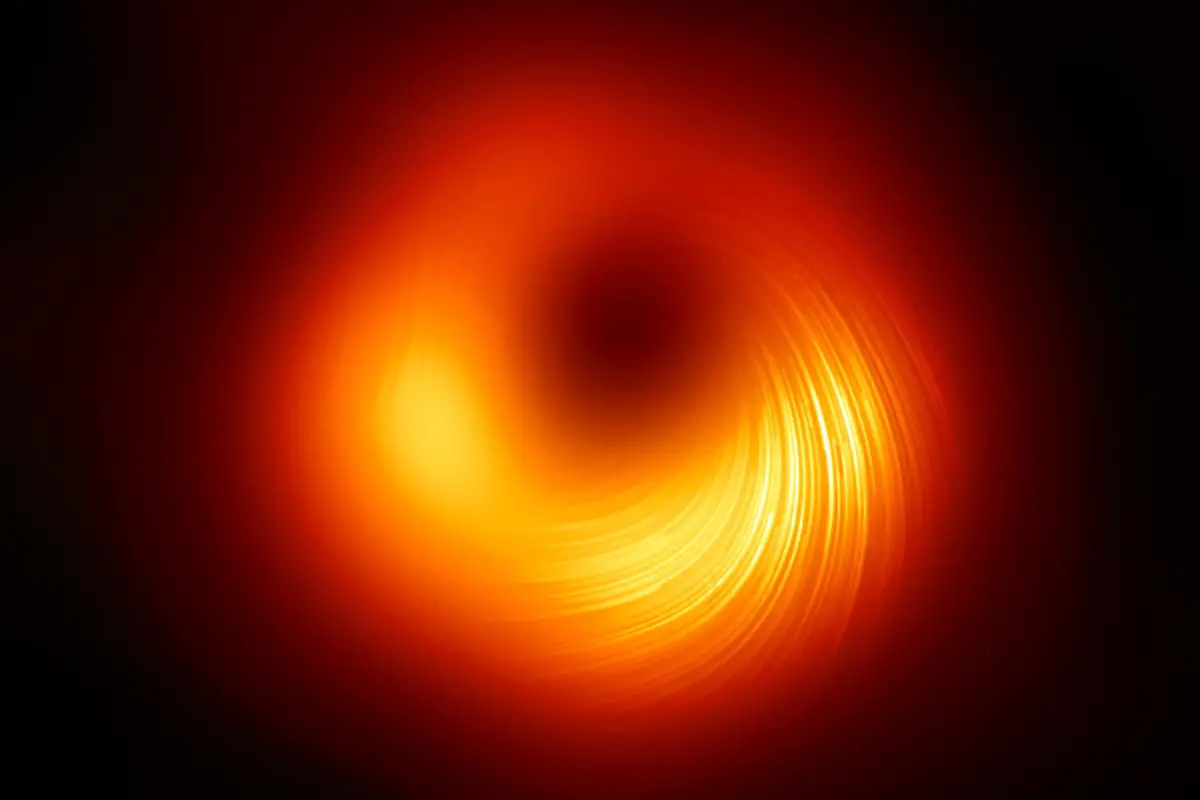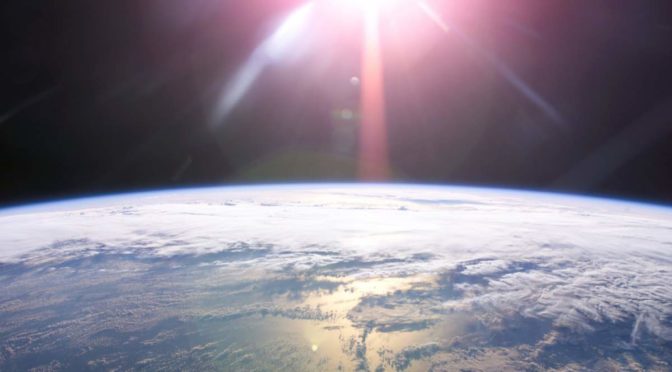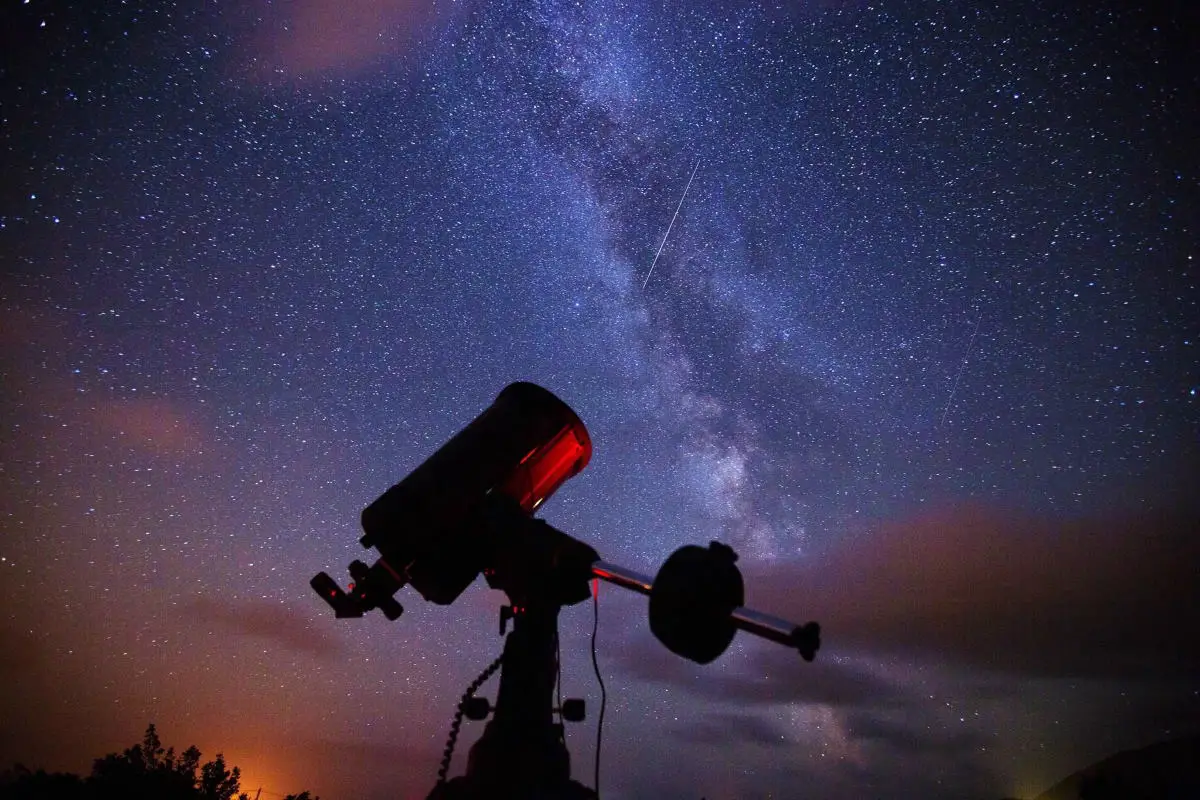There are a lot of things that pose a threat to our planet – climate change, natural disasters, and solar flares, for example. But one threat in particular often captures the public imagination, finding itself popularized in books and films and regularly generating alarming headlines: asteroids. by Jonathan O’Callaghan
Category Archives: Astronomy
The oldest footage of a Solar Eclipse (1900)
This oldest footage of a solar eclipse was filmed on 28 May 1900, by the famous British magician and inventor Nevil Maskelyne (1863-1924). The footage has been restored and released online by the BFI channel.
10 Amazing Moon Facts
Earth has got only one moon – a rocky, cratered place, about a quarter the size of Earth and an average of 384,400 kilometers (238,855 miles) away. It is simply called – well, “the Moon” because people didn’t know other moons around other planets existed until Galileo Galilei discovered four moons orbiting Jupiter in 1610. …
Here’s how scientists planning to deflect asteroids that might damage Earth
Asteroids – the bits and pieces left over from the formation of the inner planets – are a source of great curiosity for those keen to learn about the building blocks of our solar system, and to probe the chemistry of life. Humans are also considering mining asteroids for metals, but one of the crucial …
Continue reading “Here’s how scientists planning to deflect asteroids that might damage Earth”
Astronomers image the magnetic field of a black hole for the first time – here’s what it reveals
There was a lot of excitement when the Event Horizon Telescope collaboration showed the world the first-ever image of a black hole back in April 2019. Weighing in at 6.5 million times the mass of our Sun, this supermassive black hole is located in the galaxy Messier 87, or M87, some 55 million light-years away …
What is equilux and why on an equinox day and night aren’t equal lengths
In fact, contrary to the popular belief, the lengths of day and night aren’t equal on an equinox. There’s another term for this: equilux.
You’ll be amazed how cramped the TRAPPIST-1 System is
Science writer Pat Brennan has published a great article on the NASA exoplanets website titled “Life in the Universe: What are the Odds?”. In the article, he published a diagram showing the habitable zones of our solar system, and the TRAPPIST-1 system. The amazing thing is how cramped the TRAPPIST-1 system is: the orbits of …
Continue reading “You’ll be amazed how cramped the TRAPPIST-1 System is”
Galactic archaeology: astronomers are using stars as fossils to study the Milky Way
Understanding the stellar population of our galaxy could reveal a great deal, not only about our own home but also about the universe as a whole. So-called galactic archaeology can reveal how galaxies take shape and explain some of the interesting complexities of our own.
A simple guide to buying your first telescope
You decided to buy your first telescope, but don’t know where to start? Here’s a simple guide for you.
Interview: It’s time to rethink the Milky Way
The Milky Way might be right on our cosmic doorstep, but a group of astronomers suspects that the way we currently study it is stunting our understanding. Professor Ralf Klessen at Heidelberg University in Germany is one of four researchers who have recently begun a six-year project, ECOGAL, to try something new: imagine our home …
Continue reading “Interview: It’s time to rethink the Milky Way”
